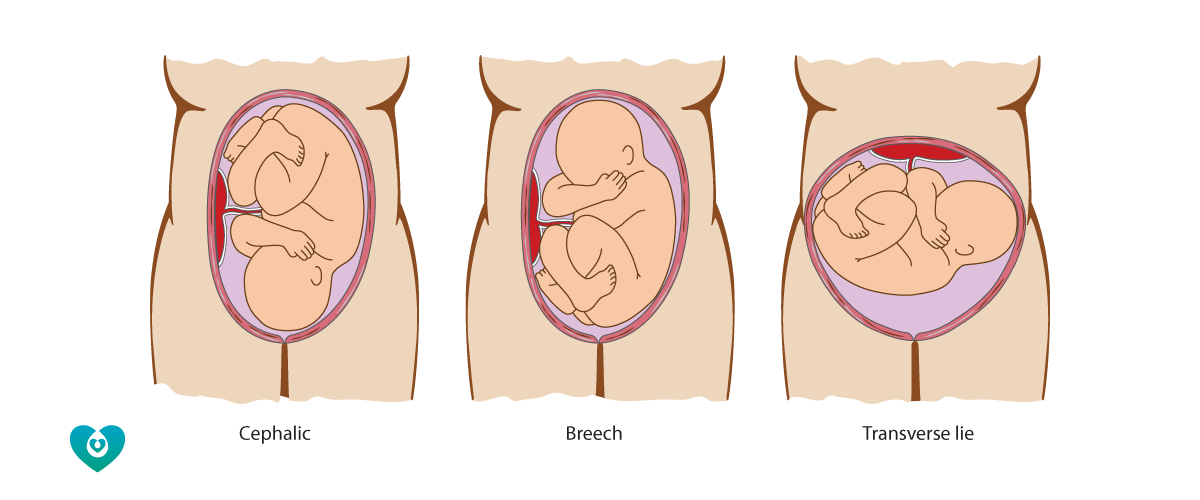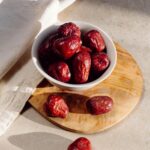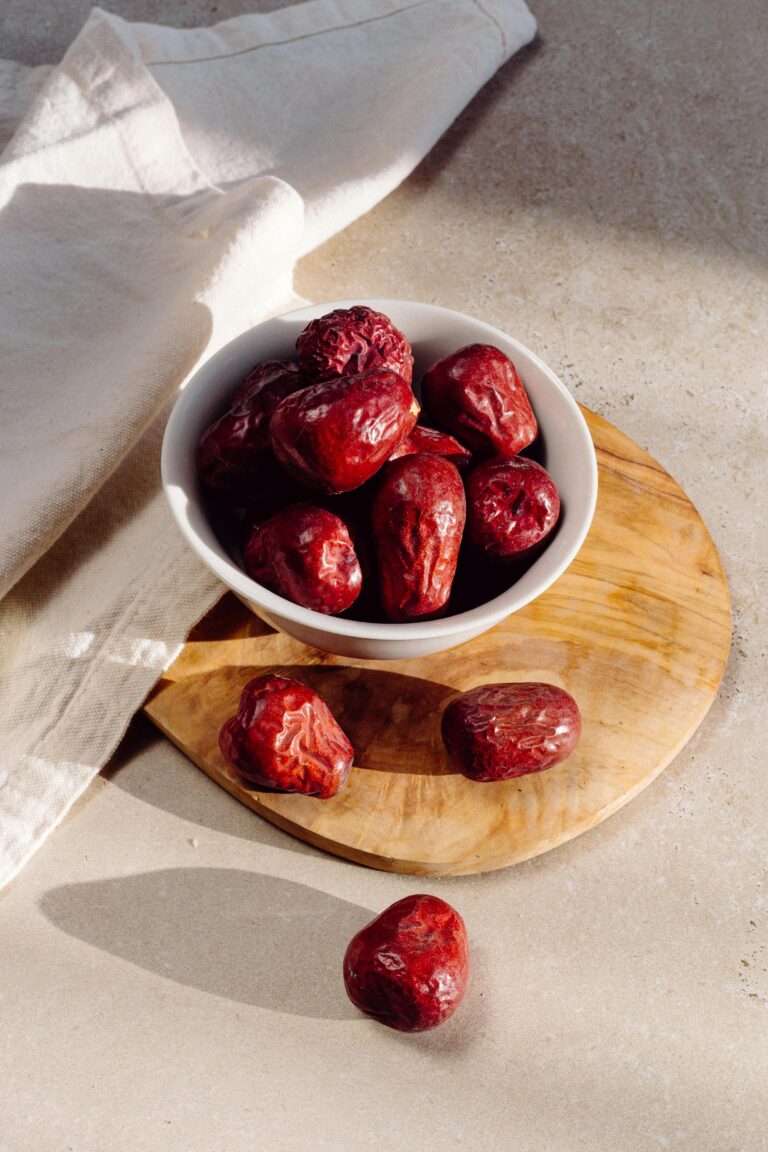Breech presentation is a natural variation that occurs in approximately 3–4% of pregnancies at term. It refers to a baby positioned with their buttocks or feet closest to the birth canal rather than their head. While some babies spontaneously turn before labour begins, others remain in this position into the final weeks of pregnancy.
At Acumamas, we frequently support individuals navigating this experience. Learning that your baby is in a breech or transverse position may prompt additional monitoring, clinical consultations, or decisions about labour and delivery. For many, it also opens the door to exploring gentle, non-invasive options to encourage optimal fetal positioning.
In this article, we explore how acupuncture, moxibustion, and supportive at-home care together can support the body’s natural rhythms. This integrative approach focuses on creating space in the pelvis, enhancing relaxation, and gently inviting baby to turn.
What is Breech Presentation?
As pregnancy progresses, most babies gradually shift into a head-down position, known as cephalic presentation. This is the most common and optimal position for birth, with the baby’s head resting closest to the cervix, allowing it to be the first part of the body to enter the birth canal during labour.
Occasionally, a baby settles into a different position. One variation is breech presentation, where the baby is positioned with their buttocks or feet closest to the cervix. Another is transverse lie, where the baby lies sideways across the uterus.
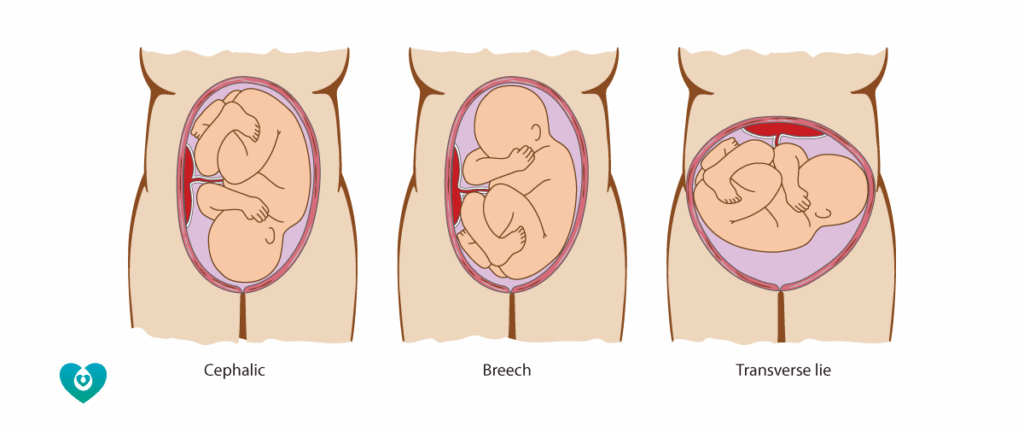
These variations can occur for several reasons, such as uterine shape, placenta location, amniotic fluid levels, or simply the baby’s own unique movement pattern. Most often, it is not caused by anything a parent has done or not done.
When breech or transverse positioning is detected, care providers may discuss clinical options such as expectant management (watchful waiting to see if the baby turns spontaneously), external cephalic version (ECV), or planning for a cesarean birth. For those exploring additional support, acupuncture and moxibustion offer gentle, holistic methods to encourage baby’s natural movement into an optimal position.
What is Moxibustion?
Moxibustion is a traditional Chinese medicine technique that uses the herb mugwort (Artemisia vulgaris), burned near specific acupuncture points to warm and stimulate the body. For breech support, it is applied to the outer corner of each little toe at a point known as Bladder 67.
In Chinese medicine, this point is believed to influence the uterus and encourage optimal positioning through the movement of Qi (energy) and blood. From a biomedical perspective, the gentle heat may stimulate hormonal and neurological pathways that promote fetal activity.
The process is simple and safe when guided by a trained practitioner. A moxa stick is held near the skin to produce a deep, soothing warmth. Many clients find the experience relaxing and often notice increased fetal movement during or shortly after the session.
At Acumamas, we also teach clients how to safely continue the therapy at home with a moxa kit and instructions.
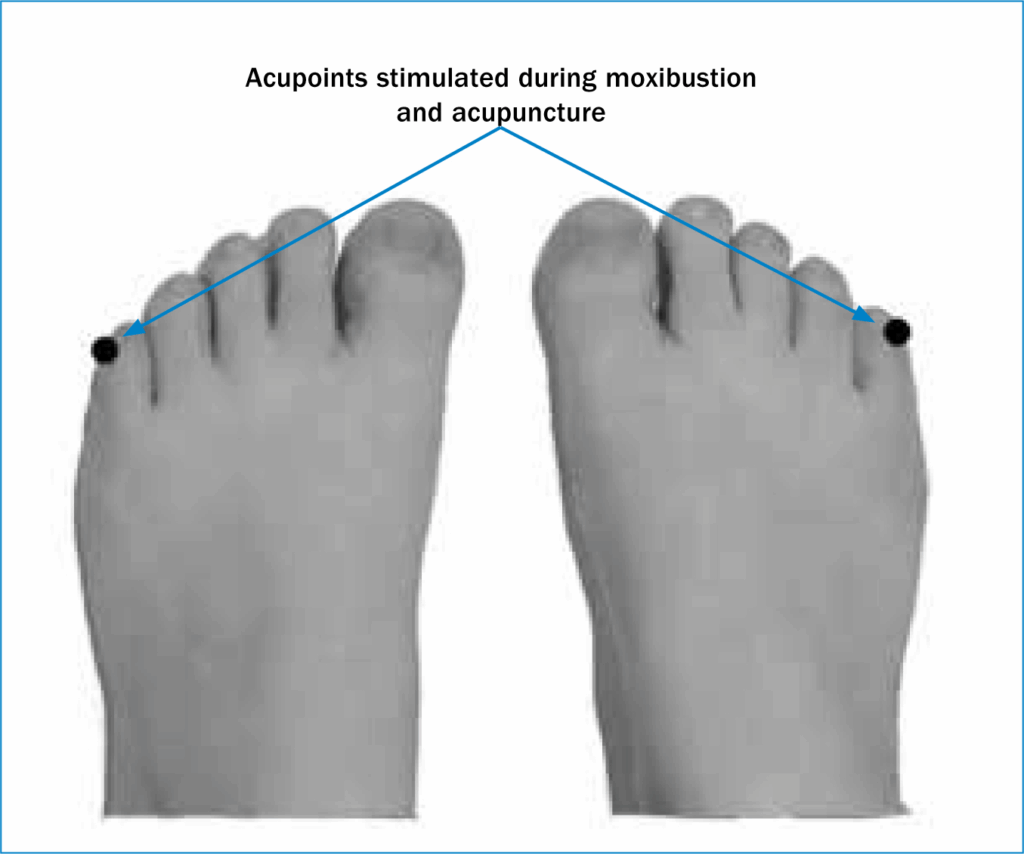
Our Approach to Breech Support
We recommend beginning breech support as soon as the presentation is discovered—ideally no later than the 34th to 35th week of pregnancy. At this stage, there is still sufficient time for the baby to turn, and early intervention offers the best opportunity for success. Our approach integrates both acupuncture and moxibustion in a supportive, non-invasive care plan.
Acupuncture is performed to encourage optimal fetal positioning by relaxing the muscles and fascia of the pelvis and lower abdomen, increasing blood flow to the uterus, and calming the nervous system. Treatments are typically recommended one to two times per week, depending on your individual circumstances.
Moxibustion is applied in conjunction with Acupuncture during the session using dried mugwort at the point known as Bladder 67, located near the outer corner of the little toe. Research suggests that this technique may increase fetal movement, potentially encouraging the baby to turn to a head-down position.
Each session also includes guidance on how to continue moxibustion safely at home, along with supportive recommendations for rest positions and pelvic alignment.
Rather than treating breech as a problem to be fixed, we view it as an opportunity to create the conditions that create relaxation for you as well as support baby’s natural ability to move. Together, these therapies help reduce restriction, foster balance, and create the conditions that may allow baby to turn.
Scientific research on Acupuncture & Moxa for Breech
Multiple studies have investigated moxibustion’s role in breech presentation. A 1998 study published in the Journal of the American Medical Association (Cardini & Weixin) found that participants receiving daily moxa at 33–35 weeks had significantly higher rates of cephalic presentation at term compared to those receiving standard care. (JAMA Study).
A 2021 meta-analysis in Complementary Therapies in Medicine reviewed randomized controlled trials and concluded that moxibustion and similar acupuncture-related interventions increased head-down positioning without added risk to parent or baby. (2021 Meta-analysis).
The Cochrane Review also reports promising outcomes when moxa is used around 34 weeks gestation. While no intervention guarantees results, moxibustion stands out as a safe, low-risk option that aligns well with integrative prenatal care. (Cochrane Review).
What to expect during treatment
Your first moxibustion appointment at Acumamas is both educational and restorative. We begin by reviewing your pregnancy history and confirming that the therapy is appropriate for your stage—most effective between 34 and 36 weeks.
During the session, you’ll relax in a comfortable position while your practitioner applies the gentle heat of moxa to each little toe. Before you leave, we’ll provide a moxa stick and step-by-step illustrated instructions for safe home use, along with guidance on positioning, breathing, and how to know when to continue or pause treatments. A common plan involves stimulating each little toe for about ten minutes twice daily for five to seven days. Treatments are most effective when someone else—often a partner—helps hold the moxa stick, allowing you to rest comfortably.

Safety considerations
Moxa is very safe when used properly, though mindfulness is key. Always perform moxa in a well-ventilated space, keep a ceramic or glass dish nearby to catch ash, and ensure the warmth feels pleasantly hot but never painful. The stick should never touch the skin. When you finish, extinguish it by suffocating it in a jar or sand—never water.
Moxibustion is not a replacement for medical care, and we encourage open collaboration with your midwife or obstetrician throughout the process. Most care providers are supportive when moxa is performed under professional guidance.
Why Acumamas?
Since 2008, Acumamas has been dedicated to holistic fertility, pregnancy, and postpartum care. Our team of registered acupuncturists and perinatal specialists has supported countless families through breech and transverse presentations. For many clients, this is their first experience with acupuncture. They arrive unsure of what to expect and often leave feeling relaxed, informed, and empowered—equipped with practical tools they can continue using at home. Our approach blends ancient wisdom and modern evidence, and our success rates reflect this synergy. While every pregnancy is unique, we consistently see high rates of spontaneous turning when treatments are started at the right time and supported with the right guidance. Beyond the physical results, moxibustion sessions often become moments of deep connection—between practitioner, parent, and baby. They offer a pause in the busyness of pregnancy, a space to breathe, and a tangible way to participate in your baby’s journey toward birth.
Final takeaway
Pregnancy often invites moments of uncertainty—but it also offers endless opportunities to listen, connect, and trust. Moxibustion is one of those opportunities: a warm, time-tested practice that supports your body’s natural intelligence and your baby’s innate ability to find their way. At Acumamas, we are honoured to walk alongside you in this process—offering skilled care, evidence-based guidance, and a deep respect for the wisdom already within you.

